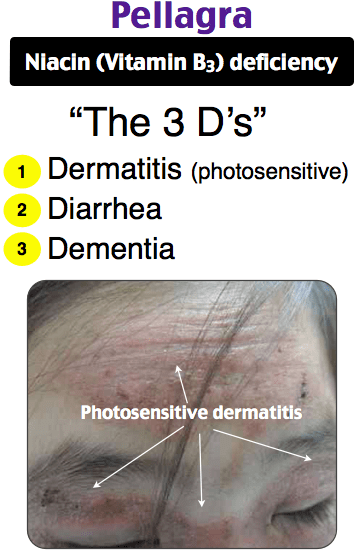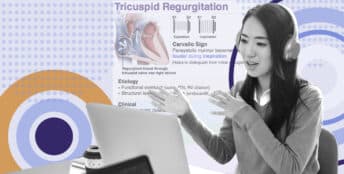New Family Medicine Rotation Exam, Perfect for PA Students

Rosh Review, LLC is not sponsored or endorsed by, or affiliated with, the Physician Assistant Education Association (PAEA) nor the End of Rotation Exam™ (EOR). All trademarks are the property of their respective owners.
The new Rotation Exam – Family Medicine, available to Physician Assistant students and programs, is best suited for PA students looking for a focused, high-yield review for the end of your rotation. It joins our growing list of Rotation Exams including Rotation Exam – Pediatrics, Rotation Exam – Internal Medicine, Rotation Exam – Emergency Medicine, Rotation Exam – Psychiatry and Behavioral Health, and Rotation Exam – Women’s Health. This content is novel, and not included in Rosh Review’s PANCE QBANK, Mock exams, or Power Packs.
Topics for the Rosh Review Family Medicine Rotation Exam are based on the national curriculum blueprint.
Categories include:
- Cardiovascular (15%)
- Pulmonology (12%)
- Gastrointestinal/Nutritional (11%)
- ENOT/Ophthalmology (8%)
- Obstetrics/Gynecology (8%)
- Orthopedics/Rheumatology (8%)
- Neurology (6%)
- Dermatology (5%)
- Endocrinology (5%)
- Psychiatry/Behavioral medicine (5%)
- Urology/Renal (5%)
- Hematology (4%)
- Infectious diseases (4%)
- Urgent care (4%)
Content is organized by task:
- History and Physical (15%)
- Diagnostic studies (10%)
- Diagnosis (25%)
- Health maintenance (10%)
- Clinical intervention (10%)
- Clinical therapeutics (20%)
- Scientific concepts (10%)
Here’s an example:
A 30-year-old man, who has a 10-year history of alcohol abuse, presents with a symmetrical erythematous facial rash in areas that are exposed to the sun. He admits he has been a little confused and forgetful lately. A urine test shows a deficiency in N-methylnicotinamide. What additional symptom might be seen in this patient due to this deficiency?
A. Diarrhea
B. Flushing
C. Gingivitis
D. Paresthesias
Answer A
Niacin (vitamin B3) deficiency, or pellagra, is characterized by dermatitis, dementia, and diarrhea, and can sometimes lead to death. The photosensitive, hyperpigmented, symmetrical rash that resembles a sunburn is the most recognizable characteristic. Diarrhea and confusion with memory loss may also be symptoms. While it is rare in developed countries, it can present in cases of alcoholism, bariatric surgery, malabsorption, or anorexia nervosa. It can also be seen in carcinoid syndrome or with prolonged use of isoniazid. Niacin status can be determined by measuring urinary N-methylnicotinamide or the erythrocyte NAD/NADP(ratio).

Flushing (B) would be seen in the case of niacin toxicity. Gingivitis (C) occurs in vitamin C deficiency. Other symptoms would include easy bruising and poor wound healing. Paresthesias (D), described as burning feet, can be caused by vitamin B12 deficiency.
One Step Further question:
What are the four D’s of pellagra?
Answer:
Dermatitis, diarrhea, dementia, and death.
Since these categories and tasks are integrated into our improved performance and feedback page, you have access to robust data to help you fine-tune your studying.
Study on…
The Rosh Review Team
A bolus of confidence. A lifetime of knowledge.





Comments (0)